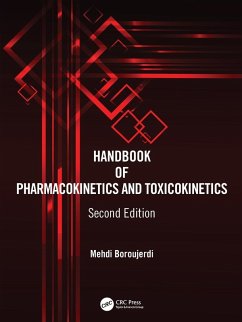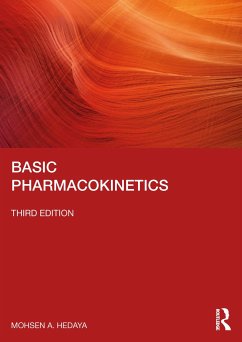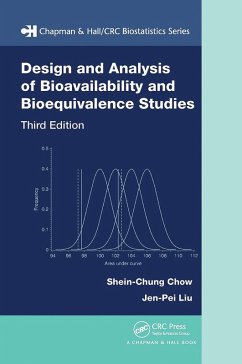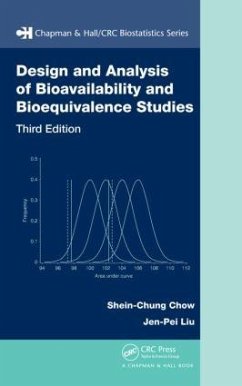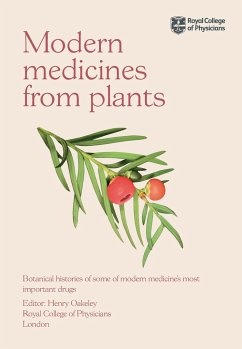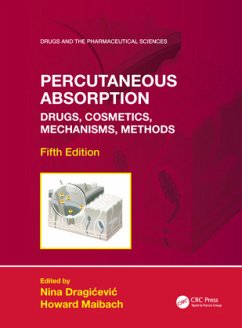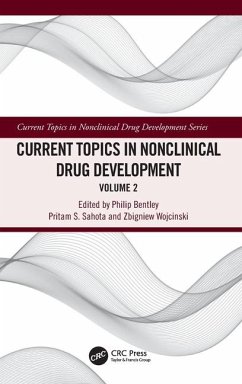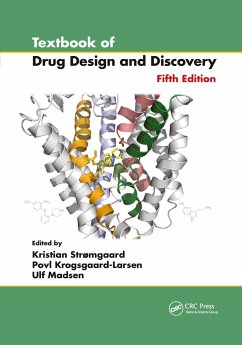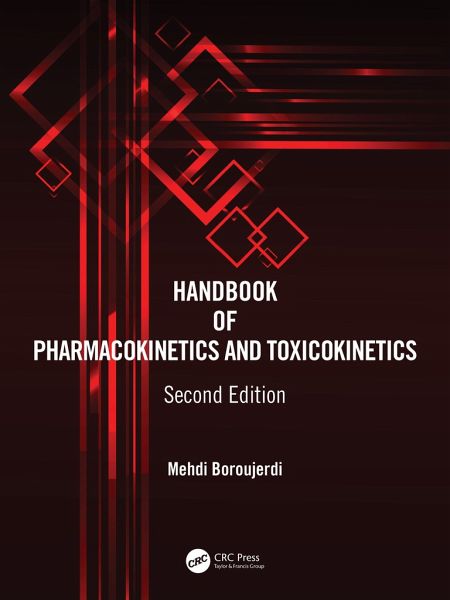
Handbook of Pharmacokinetics and Toxicokinetics

PAYBACK Punkte
102 °P sammeln!
This fully revised and expanded volume is an effort to blend the common approaches to pharmacokinetics and toxicokinetics. It integrates the principles held in common by both fields through a logical and systematic approach, which includes mathematical descriptions of physical and physiological processes employed in the approaches to pharmacokinetics and toxicokinetics modeling. It emphasizes general principles and concepts and related, isolated applications and case study observations. The systematic compilation of mathematical concepts and methodologies allows readers to decide on relevant c...
This fully revised and expanded volume is an effort to blend the common approaches to pharmacokinetics and toxicokinetics. It integrates the principles held in common by both fields through a logical and systematic approach, which includes mathematical descriptions of physical and physiological processes employed in the approaches to pharmacokinetics and toxicokinetics modeling. It emphasizes general principles and concepts and related, isolated applications and case study observations. The systematic compilation of mathematical concepts and methodologies allows readers to decide on relevant concepts and approaches for their research, scientific or regulatory decisions, or for offering advanced courses/workshops and seminars.
Features:
Comprehensive handbook on principles and applications of PK/TK appealing to a diverse audience including scientists and studentsAn excellent text fully revised and fully updated for anyone interested in the theoretical and practical pharmacokineticsThe systematic compilation of mathematical concepts and methodologies allows readers to decide on relevant concepts and approaches for their researchIncorporates research relevant to SDGs and of interest to industrial and regulatory environmental scientists involved in chemical contamination research and regulatory decision making related to soil, water, and oceanIncludes sections on applications and case studies
Features:
Comprehensive handbook on principles and applications of PK/TK appealing to a diverse audience including scientists and studentsAn excellent text fully revised and fully updated for anyone interested in the theoretical and practical pharmacokineticsThe systematic compilation of mathematical concepts and methodologies allows readers to decide on relevant concepts and approaches for their researchIncorporates research relevant to SDGs and of interest to industrial and regulatory environmental scientists involved in chemical contamination research and regulatory decision making related to soil, water, and oceanIncludes sections on applications and case studies




